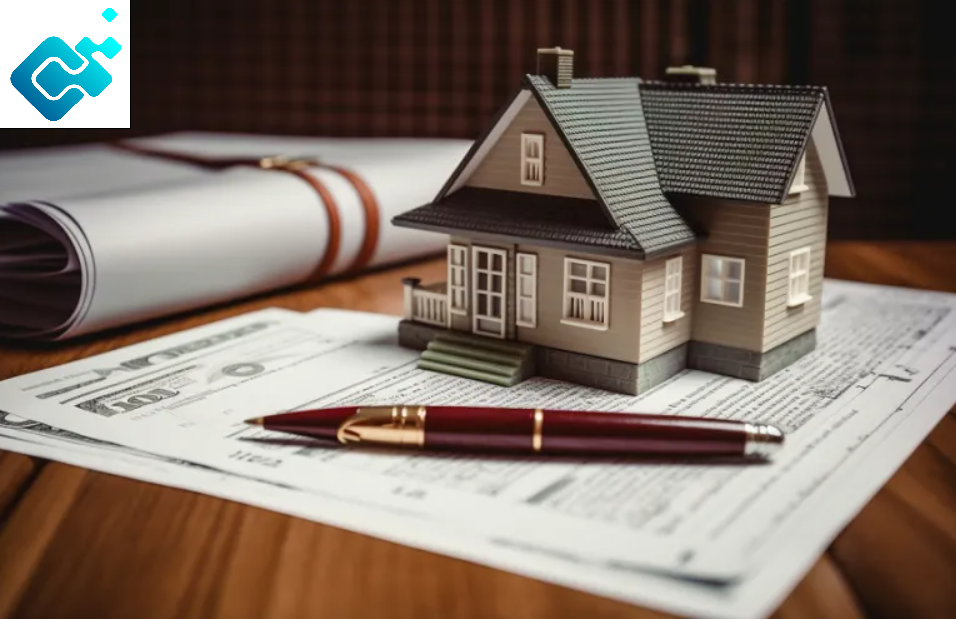Flipping houses has long been a popular real estate investment strategy, but the Gator Method for flipping houses takes this to a new level by focusing on speed, efficiency, and leveraging creative financing techniques. Whether you’re new to real estate investing or a seasoned pro, the Gator Method can help you close deals faster and maximize profits. This approach emphasizes minimizing risk while optimizing the use of available resources, making it an attractive option for those looking to scale their real estate business quickly.
In this guide, we’ll dive deep into what the Gator Method is, how it works, and how you can apply it to your house-flipping strategy. We’ll cover the essential steps, best practices, and tips to ensure your success. If you’re ready to boost your real estate investment game, keep reading to learn everything you need to know about flipping houses using the Gator Method.
What is the Gator Method for Flipping Houses?
The Gator Method for flipping houses is a strategic approach that combines creative financing, negotiation skills, and quick decision-making to acquire, renovate, and sell properties with minimal cash outlay. The key idea is to “bite” off chunks of deals in a way that maximizes profit margins without over-leveraging. This often involves techniques like wholesaling, using other people’s money (OPM), or leveraging hard money loans to fund deals.
How Does the Gator Method Work?
- Finding the Right Deals
The Gator Method starts with identifying the right properties to flip. This involves scanning the market for distressed properties, motivated sellers, or homes that are significantly undervalued. The emphasis is on finding deals where you can add value through renovations or where the price is well below the market rate. Tools like MLS, real estate auctions, and networking with local agents can help you find these opportunities. - Creative Financing Techniques
One of the core components of the Gator Method is using creative financing techniques to minimize your own financial exposure. This could include using hard money loans, partnering with investors, or even seller financing. By leveraging other people’s money, you can fund your projects without using your own cash reserves, reducing your risk and enabling you to take on more projects simultaneously. - Quick Closings and Fast Renovations
Speed is a critical aspect of the Gator Method. The faster you can close a deal and complete renovations, the quicker you can list the property for sale. This not only reduces holding costs but also allows you to reinvest your profits into the next deal. Working with reliable contractors, having a clear renovation plan, and sticking to your budget are essential to executing this phase successfully.

Steps to Successfully Implement the Gator Method
1. Conduct Thorough Market Research
Before diving into the Gator Method, it’s essential to understand your local market. Analyze recent sales data, assess property values, and look for trends in neighborhoods that are on the rise. Use tools like Zillow, Redfin, or local real estate databases to gather accurate and up-to-date information. Understanding the market will help you identify the best deals and avoid properties that are unlikely to yield significant returns.
2. Master the Art of Negotiation
Negotiation skills are crucial when using the Gator Method. Whether you’re negotiating purchase prices with sellers, terms with lenders, or costs with contractors, being able to get favorable terms can significantly impact your profit margins. Focus on building relationships, understanding the other party’s motivations, and always be prepared with data to support your offers.
3. Utilize Other People’s Money (OPM)
Leveraging other people’s money is a cornerstone of the Gator Method. This could involve private money lenders, hard money loans, or even joint ventures with other investors. By using OPM, you can scale your operations more quickly and spread your risk across multiple projects. Ensure that you have clear agreements in place and that all parties understand their roles, returns, and risks involved.
4. Execute Efficient Renovations
Speed and efficiency in renovations are vital. Have a clear scope of work, select experienced contractors, and manage the project closely to stay within budget and timelines. Prioritize renovations that add the most value, such as kitchen and bathroom updates, and avoid over-improving the property beyond what the market will support.
5. Sell Smartly for Maximum Profit
Once renovations are complete, list the property with a strategy in mind. Price competitively based on your market research to attract buyers quickly. Consider staging the home to make it more appealing and work with a real estate agent who understands the local market and can help you get the best price. Quick sales reduce holding costs and free up capital for your next project.
Key Tips for Success with the Gator Method
- Network Constantly: Building a strong network of real estate professionals, contractors, and other investors can provide you with valuable resources, insights, and deal opportunities.
- Stay Educated: The real estate market is always evolving. Keep up-to-date with trends, new financing options, and changes in the housing market to adapt your strategies as needed.
- Manage Your Risks: Always have a contingency plan in place. This could involve having backup financing options, keeping extra funds for unexpected renovation costs, or knowing when to walk away from a deal that doesn’t meet your criteria.
Common Mistakes to Avoid with the Gator Method
- Overestimating ARV (After Repair Value): Be realistic about what the property will sell for after renovations. Overestimating ARV can lead to underestimating your risk and overpaying for properties.
- Underestimating Renovation Costs: Always add a buffer to your renovation budget. Unexpected issues often arise, and it’s better to be prepared than to see your profit margins erode.
- Ignoring Market Conditions: The real estate market can change rapidly. Keep an eye on interest rates, local economic conditions, and housing supply to avoid getting caught in a market downturn.

Final Thoughts on the Gator Method for Flipping Houses
The Gator Method is an innovative and efficient way to flip houses, particularly suited for investors looking to scale quickly without tying up significant personal capital. By leveraging creative financing, making smart deals, and executing efficient renovations, you can maximize your profits and build a sustainable real estate business.
Remember, success with the Gator Method, like any real estate strategy, requires diligence, ongoing education, and a willingness to adapt to market conditions. If you’re prepared to put in the work, the Gator Method can be a powerful tool in your real estate investment arsenal.
FAQs About the Gator Method for Flipping Houses
1. What is the Gator Method for flipping houses?
The Gator Method is a house-flipping strategy that focuses on leveraging creative financing, quick negotiations, and efficient renovations to maximize profit margins while minimizing personal financial risk. It involves using other people’s money (OPM), hard money loans, or partnering with investors to fund deals without heavy reliance on personal capital.
2. How do I find properties suitable for the Gator Method?
To find suitable properties, you should focus on distressed properties, motivated sellers, and homes that are significantly undervalued. Utilize resources like MLS listings, real estate auctions, networking with local agents, and online tools such as Zillow and Redfin to locate potential deals.
3. What are some creative financing options used in the Gator Method?
Creative financing options include hard money loans, private money lenders, seller financing, and joint ventures with other investors. The goal is to use minimal personal cash and leverage other sources of funding to acquire and flip properties.
4. How quickly can I flip a house using the Gator Method?
The speed of flipping a house using the Gator Method depends on the property condition, the efficiency of your renovation process, and how quickly you can close deals. Generally, with well-coordinated efforts, you can expect to flip a house within a few months, but it varies by project.

